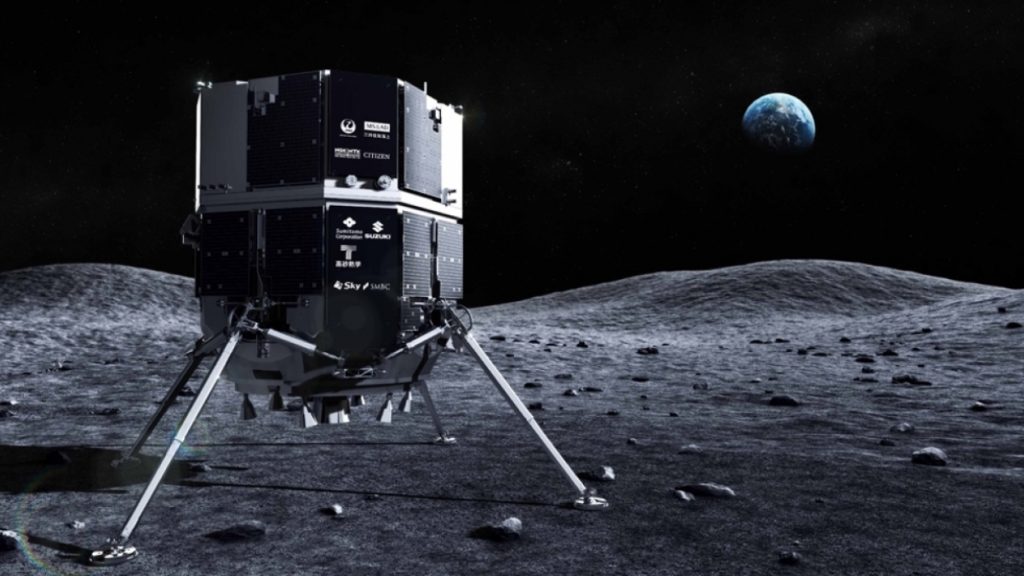
Meteorites are fragments of asteroids or comets that have survived their passage through the Earth’s atmosphere and have impacted the Earth’s surface. These extraterrestrial rocks have fascinated humans for centuries and have provided valuable insights into the formation and evolution of our Solar System, approximately 4.6 billion years ago.
According to current scientific understanding, the Solar System formed from a cloud of gas and dust that collapsed under its own gravity. As this cloud collapsed, it began to spin and flatten into a disk. The Sun formed at the center of this disk, and the remaining gas and dust eventually formed into the planets, moons, asteroids, and comets that we see today.
Meteorites are believed to originate from two main sources: asteroids and comets. Asteroids are rocky and metallic objects that orbit the Sun in the asteroid belt between Mars and Jupiter. They are remnants from the early Solar System that never accreted into a planet. Comets, on the other hand, are icy objects that originate from the Kuiper Belt and the Oort Cloud beyond the orbit of Neptune.
When asteroids or comets collide with each other, fragments can be ejected into space. These fragments can travel through the Solar System and eventually collide with a planet, such as Earth, where they become meteorites. Most meteorites that are found on Earth are believed to be from asteroids, while cometary meteorites are rare.
It’s believed that cometary meteorites could be carbonaceous chondrites. They are a type of stony meteorite that contain a high amount of carbon compounds and volatile elements, which are thought to be characteristic of comets.
Carbonaceous chondrites are believed to originate from the outer regions of the Solar System, beyond the orbit of Jupiter. They are thought to be remnants from the early Solar System that have remained relatively unchanged since their formation, providing valuable information about the conditions that existed in the early Solar System.
Some carbonaceous chondrites have been found to contain organic compounds, including amino acids, which are the building blocks of life. This has led some scientists to speculate that these meteorites could have played a role in the origin of life on Earth.
One famous example of a carbonaceous chondrite is the Murchison meteorite, which fell in Australia in 1969. It is one of the most studied meteorites in history and has provided valuable insights into the chemical and isotopic composition of the early Solar System.
The study of meteorites has provided valuable insights into the formation and evolution of our Solar System. By analyzing the chemical and isotopic composition of meteorites, scientists have been able to determine the age of the Solar System, the processes that led to the formation of planets, and the conditions that existed in the early Solar System.
In conclusion, meteorites are extraterrestrial rocks that have impacted the Earth’s surface. They originate from asteroids and comets and provide valuable insights into the formation and evolution of our Solar System. The study of meteorites has helped scientists to better understand our place in the universe and the processes that have shaped our planet and the objects that surround us.
⋆ ⋆
⋆
⋆
